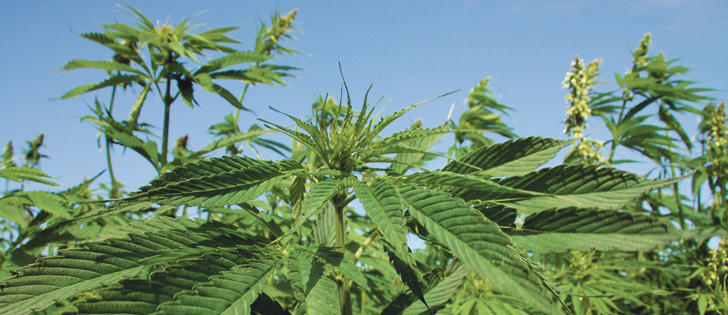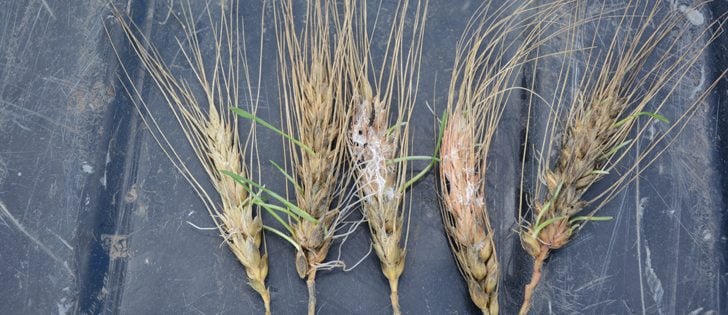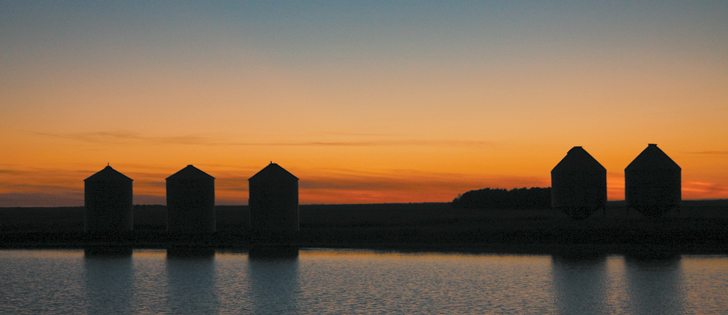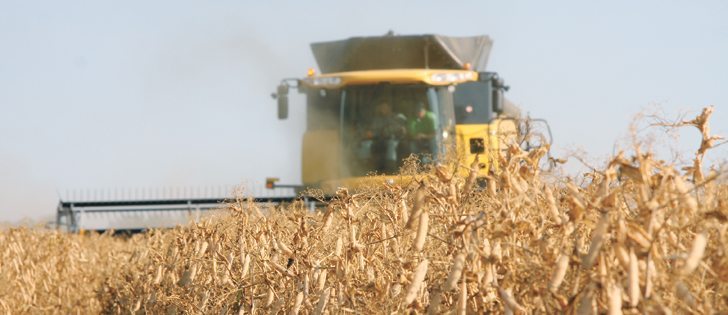There is a wide disparity in production estimates for the 2017 canola crop.
Larry Weber of Weber Commodities forecasts a Canadian harvest of 16.8 million tonnes, although he believes it could easily be lower than that.
Derek Squair, director of merchandising with Providence Grain, is leaning toward the high end of his range of 18.5 to 19.7 million tonnes.
“There is really good crop in Alberta, really good crop in northern Saskatchewan and really good crop in Manitoba,” he said.
The exception is a horseshoe shaped area south of Davidson, Sask.
Read Also

Pakistan reopens its doors to Canadian canola
Pakistan reopens its doors to Canadian canola after a three-year hiatus.
The difference between the two estimates amounts to nearly three million tonnes, which speaks to the extreme variability in this year’s crop conditions.
Based on comments from provincial crop specialists, the lower estimate appears to be more likely at this point.
Mark Cutts, crop specialist with Alberta Agriculture, said it is difficult to assign an average yield to the 2017 crop because there is no such thing as average this year. However, his best guess is that yields will be below normal.
“We’ve got such variations in moisture, seeding time and growth stages that it’s a little difficult to come up with a percentage of what we might be down,” he said.
It has been hot and dry in the south, which will likely result in poor yields.
There are some nice crops in central Alberta.
“Barring anything unfortunate happening weather-wise, I think those should work out OK,” said Cutts.
The outcome in northern Alberta and the Peace region will depend on whether farmers get an open fall to harvest a late-seeded crop.
“If they do there is certainly potential there for a decent crop, I think. But if they don’t, it will certainly have significant impact on overall yield for Alberta,” he said.
Shannon Friesen, acting cropping management specialist with Saskatchewan Agriculture, expects yields to be down in that province.
She forecasts a 29 to 30 bushel per acre crop average, down from the usual 33 to 34 bu.
Most of the canola was at full flowering when the province experienced a heat wave that caused heat blasting in many fields.
Friesen expects below normal yields in southern Saskatchewan and average to above average yields in the north.
Todd Lewis, president of the Agricultural Producers Association of Saskatchewan, said anything south of the Trans-Canada Highway is in bad shape.
“I really haven’t talked to anybody who is talking about an average crop. Words like ‘half a crop’ are not uncommon,” he said.
There are good crops in the middle portion of the province but they are late, so fall weather will be a factor.
He is curious how some of the new hybrids will perform because they haven’t experienced a true drought year like this one in the south.
Anastasia Kubinek, manager of crop industry development with Manitoba Agriculture, expects an average yield of 35 to 38 bu. per acre, which is typical for the province.
However, it is a mixed bag of results, depending on the region.
Pockets of western Manitoba will see disappointing yields because it was hot and dry during final filling.
The crop will be average to better than average in the central, eastern and Interlake regions.
“They’ve actually had a little bit of rain or they’ve had some heavy dews and good subsurface moisture,” she said.
Crops are excellent in the Swan River region but non-existent in the northern portion of western Manitoba, where 10 percent of intended canola acres were planted and then got hailed on.
Kubinek is anticipating exceptional quality because of the dry weather and lack of disease.
















